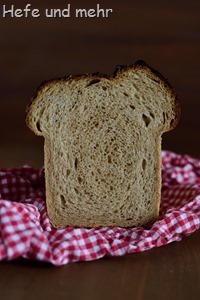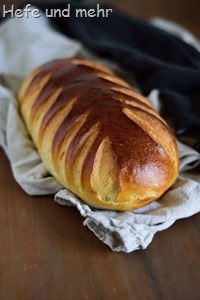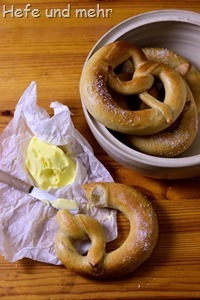 In Germany you can finde a lot of different kinds of pretzels. There is the lye pretzel, of course. But there are all kinds of “white” (aka not treated with lye) pretzels as well. There are sweet ones like the Martinsbrezel, the Burger Brezel and the Neujahrsbrezel, but there are hearty pretzels like the Anisbrezn as well.
In Germany you can finde a lot of different kinds of pretzels. There is the lye pretzel, of course. But there are all kinds of “white” (aka not treated with lye) pretzels as well. There are sweet ones like the Martinsbrezel, the Burger Brezel and the Neujahrsbrezel, but there are hearty pretzels like the Anisbrezn as well.
Todays white pretzels stems from the little town called Biberach. It is said that once upon time there was a lazy baker’s apprentice who forgot to prepare the lye. His Master Baker was very angry about his forgetfulness and tossed the pretzels in a pot with boiling salt water. And that turned out to be a brilliant idea. The so treated pretzels tasted deliciously and so these pretzels are baked during lent until today. Sounds like a real “happy ever after”, doesn’t it?

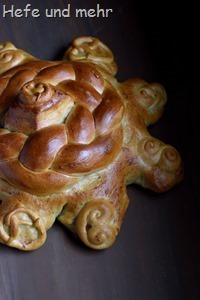
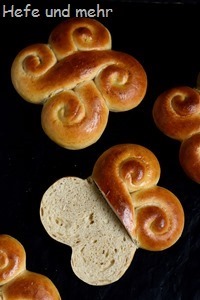
![Westerwälder Neujährchen (2)[6] Westerwälder Neujährchen (2)[6]](https://www.hefe-und-mehr.de/wp-content/uploads/2018/12/Westerwlder-Neujhrchen-26_thumb.jpg)
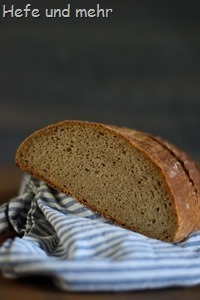
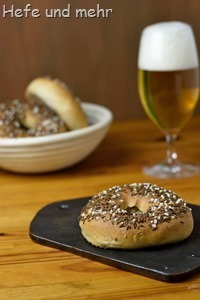
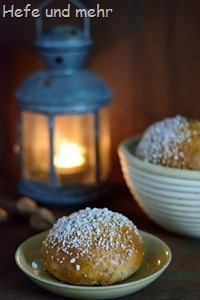
![Martinsbrezel (2)[5] Martinsbrezel (2)[5]](https://www.hefe-und-mehr.de/wp-content/uploads/2018/11/Martinsbrezel-25_thumb.jpg)
